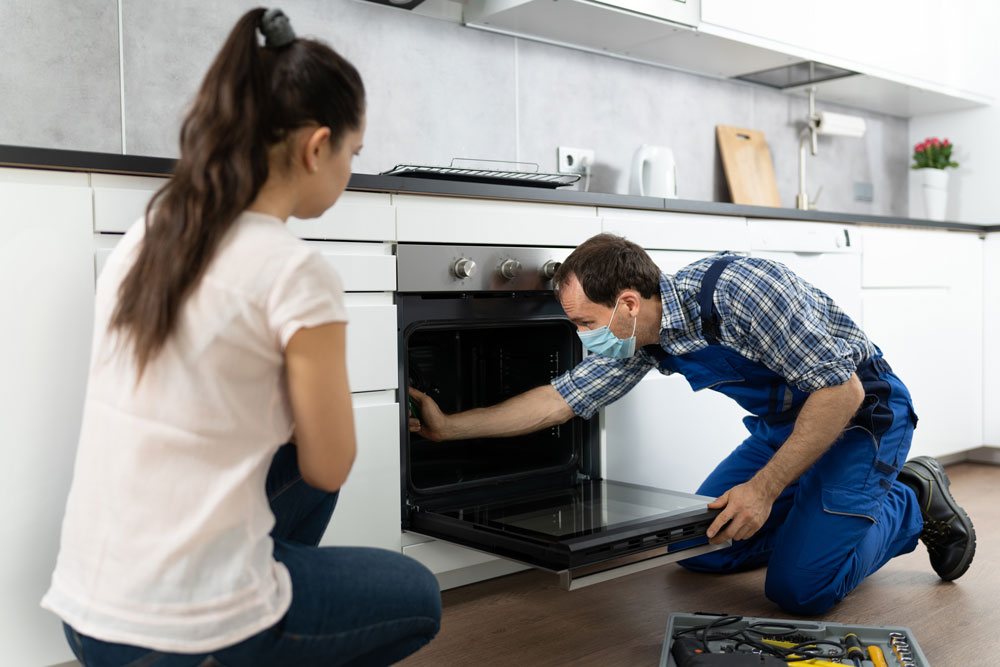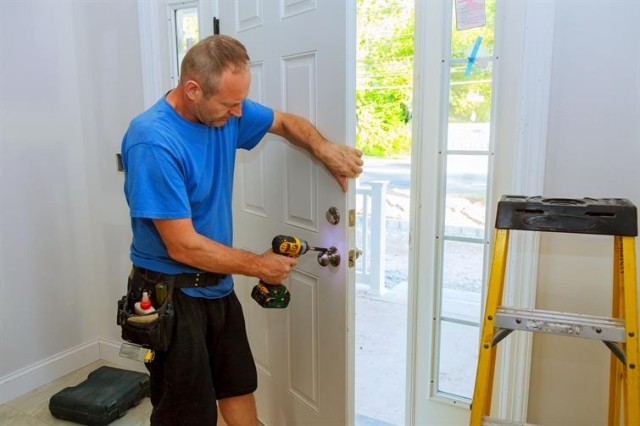Troubleshooting Plumbing Issues in Rental Properties: A Step-by-Step Guide
Troubleshooting Plumbing Issues in Rental Properties: A Step-by-Step Guide
Blog Article
We've stumbled on this post involving Plumbing Maintenance and Repair in your Rental Property listed below on the web and thought it made sense to write about it with you over here.

Handling plumbing issues in rental residential properties efficiently is critical for preserving lessee complete satisfaction and maintaining the residential property's worth. Whether you're a landlord or a home manager, recognizing exactly how to deal with these usual troubles can conserve you time and money while ensuring conformity with lawful responsibilities. Right here's a step-by-step guide on exactly how to handle pipes issues in rental homes.
Record Whatever
Keep thorough records of all reported plumbing problems and the activities required to resolve them. Documentation ought to consist of dates, summaries of the problem, communication with occupants, and receipts from professionals or plumbing professionals. This info can be important for insurance claims, tax deductions, and legal security.
Use Qualified Professionals
Constantly use accredited and insured specialists for considerable plumbing fixings and installations. This ensures that the work is up to code and can assist prevent obligation problems in case of crashes or further damages. It likewise guarantees occupants that repair work are being dealt with skillfully.
Develop Clear Interaction
Encourage lessees to report any type of plumbing problems as quickly as they occur. Supply numerous communication channels such as phone, e-mail, or a tenant website to make it very easy for them to connect. Motivate responses to these records can prevent small issues from intensifying into major troubles.
Inform Tenants
Inform your tenants concerning what constitutes a plumbing emergency situation and what does not. Give guidelines on exactly how to take care of minor problems themselves, such as making use of a bettor to unclog a bathroom. Likewise, notify them about what they must avoid putting down drains pipes to avoid blockages, such as oil, coffee premises, and non-biodegradable items.
Regular Maintenance
Carry out a regular maintenance timetable for all pipes systems in your service properties. Routine checks can help recognize and solve problems like leaks, slow-moving drains, or rusty pipes before they come to be serious. Take into consideration working with an expert plumbing to evaluate the buildings annually or semi-annually.
Quick Response to Emergency Situations
Have a plan in place for replying to plumbing emergencies. This ought to include having the contact information of trustworthy pipes services that offer 24/7 emergency fixings. Quick action is vital to reduce damages in circumstances like burst pipelines or serious leakages.
Preventive Upgrades
Take into consideration updating older pipes systems and components to extra modern, reliable designs. This can reduce the frequency and extent of plumbing problems and lower lasting maintenance expenses. It's additionally a marketing point for possible tenants who value upgrades and modern-day attributes.
Lessee Move-Out Inspections
Conduct extensive plumbing checks during move-out assessments to make sure that any type of problems are determined and dealt with before a brand-new occupant relocate. This avoids disputes with brand-new occupants over pre-existing conditions and ensures the home is in leading condition.
Understand Lawful Obligations
Be aware of your lawful responsibilities pertaining to plumbing and basic home upkeep. Many territories require property managers to ensure their buildings are habitable and that all plumbing systems remain in good working order. Failing to address major problems without delay can lead to legal actions from renters.
Occupant Repayments
If a pipes concern calls for prompt focus and the lessee settles the concern by themselves, have a clear plan in position for repaying expenses. Guarantee tenants know they need to acquire prior approval for higher-cost fixings unless it's an outright emergency.
Conclusion
Taking care of plumbing issues in rental buildings needs a proactive strategy and good interaction with renters. By remaining on top of maintenance, reacting promptly to emergencies, and making use of competent experts, landlords can keep their properties in outstanding problem and keep excellent relationships with renters.
How to Handle Water Damage in a Rental Property
What is Water Damage?
Water damage is harm or destruction caused by water entering areas where it is not supposed to be. It can be caused by a variety of sources and can manifest in different ways. The most common examples of water damage include:
Leaking roof Plumbing leaks Appliance malfunctions Poor drainage Flooding Sewage backup Condensation Tenant negligence HVAC system issues Frozen pipes Is water damage dangerous?
Water damage itself is not inherently dangerous, but it can lead to various hazards and health risks if not promptly and properly addressed. The severity of these risks depends on the extent of the water damage, the source of the water, and how quickly it is mitigated.
Some potential dangers associated with water damage include structural damage, mold and bacterial growth, electrical hazards, water contamination, and pest infestations. In situations where mold and mildew have gone unaddressed, mold can start to develop within 24-48 hours of water exposure, and this can impose a serious health risk to tenants. In particular, mold spores and damp conditions can lead to respiratory issues and even make existing health problems worse, such as allergies, asthma, or immune disorders.
Water Damage in an Apartment - Who is Responsible?
If the water damage is caused by the tenant’s negligence, the tenant is responsible for the cost of repairs. If the water damage is caused by a defect in the property, the landlord is responsible for the cost of repairs. If the water damage is a result of natural causes, such as excessive rain, then the landlord is responsible, since the water intrusion likely occurred due to a defect in the property. Landlord Responsibility water damage in rental property
Since maintaining habitability is the landlord’s legal responsibility, landlords are responsible for any resulting structural damage caused by water damage. These structural damages may include damage to walls, roofs, ceilings, and flooring. If water damage has affected the rental property’s original structure, the landlord is responsible for repairing or replacing those materials. Therefore, landlords should have property insurance that covers the structural components of their rental property so that they can receive help with the costs of covered events.
Preventative measures can also help landlords avoid massive renovations. Preventative maintenance may include conducting regular inspections to identify and address potential water damage before it becomes a major and urgent problem.
If a landlord fails to meet their responsibilities regarding water damage, it can lead to legal disputes and potential liability. Tenants who believe their landlord is not addressing water damage issues in accordance with California law can seek legal advice or contact local housing authorities for assistance.
https://www.goodlifemgmt.com/blog/water-damage-in-a-rental-property/

I recently found that piece of writing on while doing a lookup on the web. In case you enjoyed our page if you please remember to pass it around. Thanks a lot for your time. Don't hesitate to stop by our site back soon.
Report this page